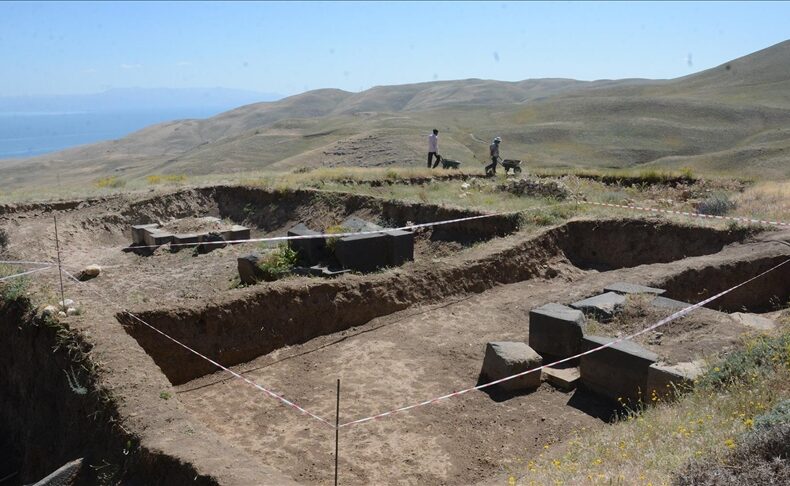
2,700-Year-Old Urartian Columns Unearthed at Kef Castle: A Discovery Shedding Light on Anatolian History
Archaeological excavations at Kef Castle, located in the Adilcevaz district of Bitlis province, have revealed a stunning discovery: 49 massive “elephant foot” columns, dating back nearly 2,700 years to the Urartian period. Perched on the slopes of Mount Süphan and overlooking the breathtaking Van Lake, Kef Castle was built by King Rusa II of the
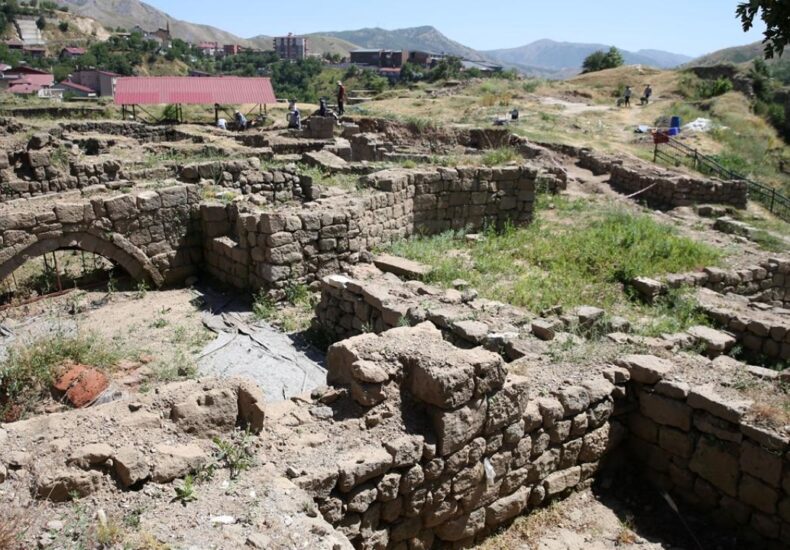
Archaeologists Discover Centuries-Old Prayer Tablet and Ottoman-Era Treasures in Eastern Türkiye
Archaeologists working at the historic Bitlis Castle in eastern Türkiye have unearthed a rare centuries-old prayer tablet along with Ottoman-era coins, ceramic fragments, an ancient water distribution system, and several graves. The discovery is shedding new light on the region’s diverse religious and cultural history. The excavation, authorized by the Turkish Ministry of Culture and
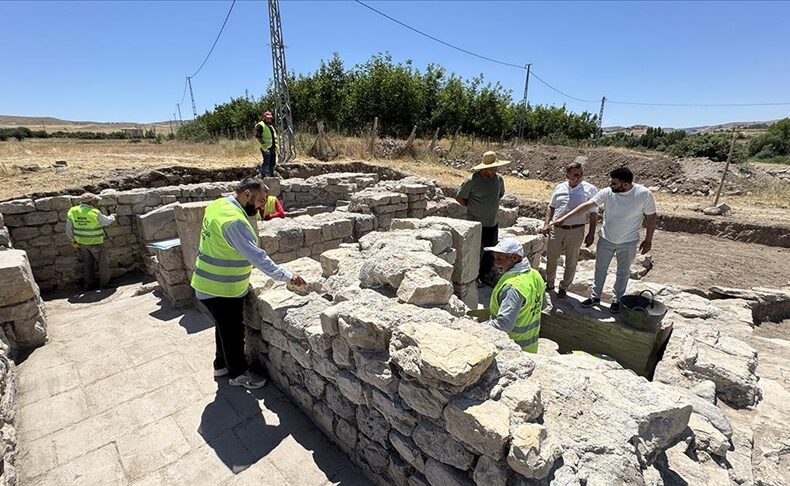
Ancient Roman Bathhouse Discovered Beneath Farmland in Eastern Anatolia
Archaeologists have uncovered a 1,700-year-old Ancient Roman bathhouse in a field in the village of Salkaya, located in Elazığ province in eastern Anatolia. The discovery, which was made possible through ground-penetrating radar (GPR) and systematic excavations, offers valuable insights into the region’s Roman past and is believed to have belonged to an elite social class
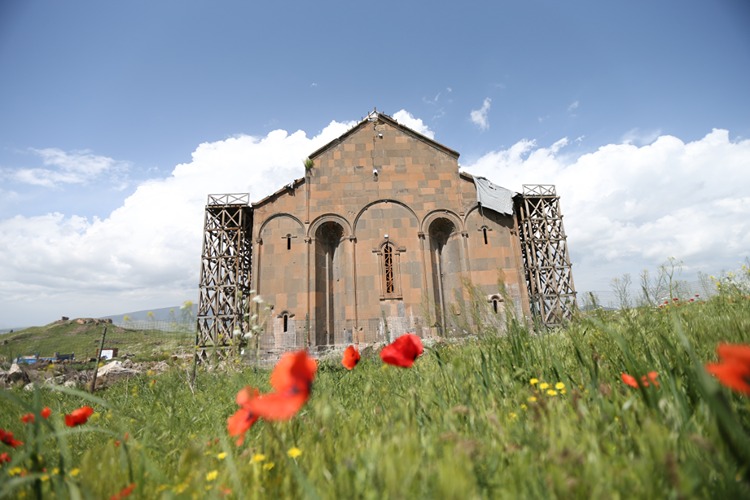
Historic Ani Cathedral Under Restoration: Reopening as a Mosque Under Consideration
One of Kars’ most significant cultural heritage sites, the Ani Cathedral (Surp Asdvadzadzin), is undergoing extensive restoration. Upon completion, authorities are considering opening the historic structure to visitors as a mosque. Located within the UNESCO World Heritage Site of Ani Archaeological Zone, the cathedral was built in the late 10th century during the rule of
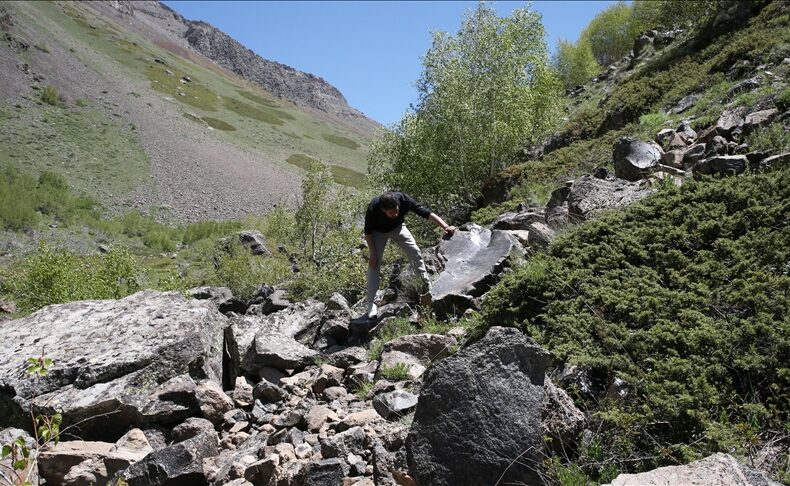
Tracing the Millennia-Long Journey of Obsidian from Bitlis to the Levant
A new archaeological project led by Bitlis Eren University (BEU) aims to uncover the ancient trade and cultural pathways that carried obsidian from the volcanic mountains of Bitlis, Türkiye, to the heart of the Middle East thousands of years ago. Obsidian, a naturally occurring volcanic glass, was a prized material in the Neolithic era, used

The 1,000-Year-Old Ani Walls Defy Time and History
Located in the Arpaçay Valley of Kars, Türkiye, the Ani Archaeological Site, a UNESCO World Heritage location, stands out not only with its multicultural heritage but also with its magnificent city walls, which have remained standing for over a millennium. Ani: The Cradle of Civilizations Throughout its long history, Ani was ruled by various civilizations

1,000-Year-Old Sundial Found in Ani Ancient City Goes on Public Display in Türkiye
A remarkable 1,000-year-old sundial, recently unearthed in the ancient city of Ani—located near Türkiye’s eastern border with Armenia—has been unveiled to the public for the first time. This rare medieval timekeeping instrument was discovered during archaeological excavations at a historic bath complex within the site and is now being exhibited at the Kars Museum. Ani,

Figures Defying Time and Man: Nemrut’s Camels Are Disappearing
Located in the Tatvan district of Bitlis, the unique rock formations known locally as “Nemrut’s camels” are rapidly facing extinction due to both natural erosion and human-induced damage. These volcanic stones, formed after eruptions from Mount Nemrut, gradually took on shapes resembling animals and human figures, becoming part of local legends and folklore. According to

6,000-Year-Old Sacred Hearths Restored in Türkiye
Two sacred hearths dating back to the Late Chalcolithic – Early Bronze Age (4000-3200 BCE) have been unearthed and meticulously restored following archaeological excavations at Tadım Castle and Mound, located near Tadım Village in the Elazığ province of eastern Türkiye. Adorned with stylized human and bull figures, these remarkable hearths offer significant insights into the
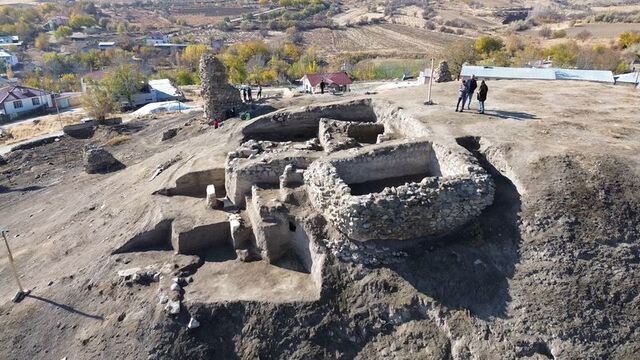
6000-Year-Old Unique Sacred Hearth Discovered at Tadım Mound
Archaeologists continuing excavations at Tadım Mound, located in the eastern Turkish province of Elazığ, have discovered two unique decorated sacred hearths dating back 6000 years. The excavation team also unearthed 12 Karaz pots dating from 4000-3000 BC and a painted pot decorated with mountain goats from 3200 BC, along with the sacred hearths. Elazığ Governor
